Is it acceptable to have more personnel offshore on fixed assets such as turbines or the substation in a windfarm than
there are seats available on the attending crewboats? Is the risk altered if the windfarm is under construction or is in the
operations and maintenance phase?
How about whether there are other marine assets in the field, assets that cannot dock to a turbine but could have surplus
personnel cross-decked from a crewboat? These questions were recently discussed at a meeting of the National Workboat
Association (NWA) Safety Forum after being raised by one of its members.
The member raised the point because the situation occurred on one of his projects. The initial response – borne out by
years of operational experience – was that you are not allowed to have more people in the field than the certified numbers
of berths available on the attending crewboats. The client, on the other hand, asked where it was written that they could
not do this.
For example, if 30 people were in the field, at least three 12-passenger crew transfer vessels would need to be in
attendance to provide support. On first examination, it seemed an obvious conclusion and one of standard industry
practice. However, following a review of written industry guidance, this seemingly clear matter was found to be quite
unclear, and no clear written guidelines have been provided on this matter.
It appears that some developers have guidance written into their own site-specific procedures, which require that each
crew transfer vessel maintains responsibility for their manifested passengers, and if for some reason that vessel needs to
leave the site for operational or technical reasons, they hand responsibility over to another vessel, which will only accept
it if it has sufficient capacity to take all of the personnel onboard. This good practice has become accepted as lore and has
permeated throughout the industry but is not based on any higher standard.
So where does one start in order to unravel the problem? Standard crew transfer vessels are certified to carry up to 12
passengers in addition to the crew. This is laid down in Solas and reflected in the national equivalent rules for small
workboats such as MGN 280 in the UK.
That being the case, having more than 12 passengers onboard at any time in non-emergency situations would place the
master in breach of the vessel’s certification and the number of passengers would exceed the lifesaving appliances carried
onboard. This limit could be mitigated by transferring additional passengers to another asset in the field, such as a guard
vessel, if time permits. Many windfarms require that personnel can be evacuated from an offshore asset within a set
amount or time, commonly 15–20 minutes. As it takes time to safely dock the vessel on the asset and undertake the
transfer, the number of assets that can be evacuated by one vessel needs to be considered. Until recently, this evacuation
time limit was, again, not an industry standard but left up to individual developers to determine. It is not always specified
in the health and safety plans of individual windfarms.
Section 4.4.4 of the G9 Offshore Wind Health and Safety Association’s recently issued ‘Good practice guideline – the
safe management of small service vessels used in the offshore wind industry’ states that “in the event of an emergency on
any manned offshore structure an appropriate service vessel will be able to render assistance within 20 minutes”.
At 2.1.7, the G9 guideline also states that a service vessel master should “account for all passengers manifested to the
vessel throughout the marine operation”. Although these guidelines are not definitive – and do not apply to non-G9
members unless they decide to adopt them as good practice – they do give a start to risk assess the problem.
There will be unplanned events when this situation will occur – such as the mechanical breakdown of one vessel or a
medical emergency on one asset, which will require a vessel to perform the medevac ashore.
In emergencies, the master of a vessel can take whatever steps they deem necessary to preserve life, which the G9
guideline reinforces at section 4.4.2: “In an emergency situation, the master may conduct transfers of passengers as
deemed necessary for their safety, but should notify marine coordination at the earliest practical opportunity.”
However, is it good safety practice to rely on emergency measures for non-emergency situations that are brought about by
commercial expediency? Although common sense says no it isn’t, there are no guidelines to prevent it occurring.
Service vessel operators need to be aware of these risks and discuss it with their clients in order to ensure that clear, riskassessed
procedures are in place before the question arises. The management of change procedures in force onsite should
discuss whether ad hoc provisions are permitted and these rules distributed to all stakeholders in the project. OWJ
*Philip Woodcock is operations manager/QHSE/marine manager at Workships Contractors in The Netherlands and
chairman of the National Workboat Association Safety Forum



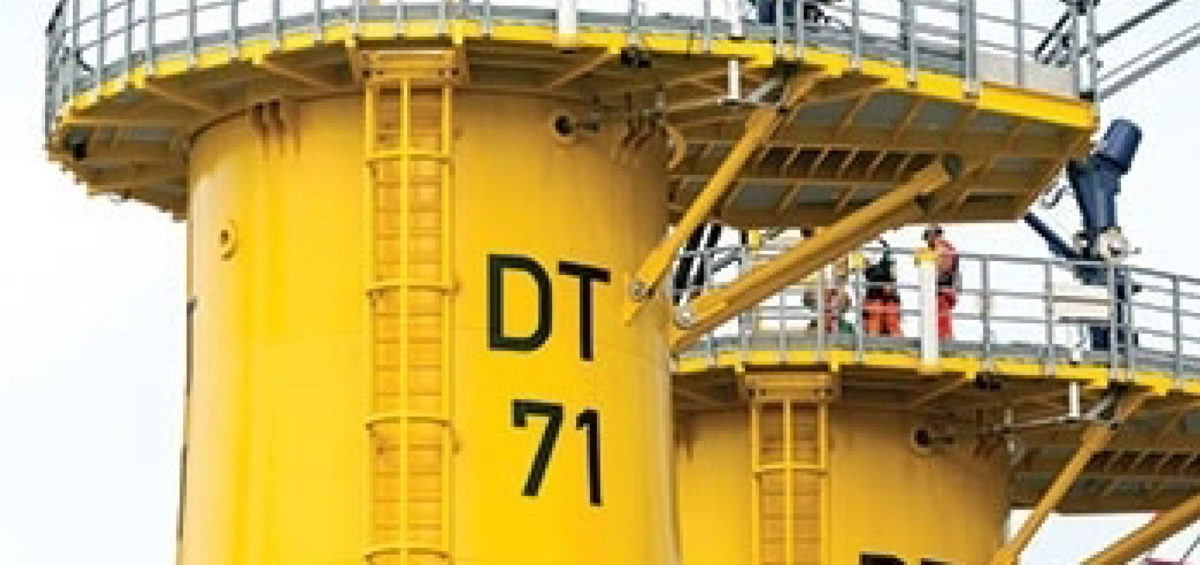
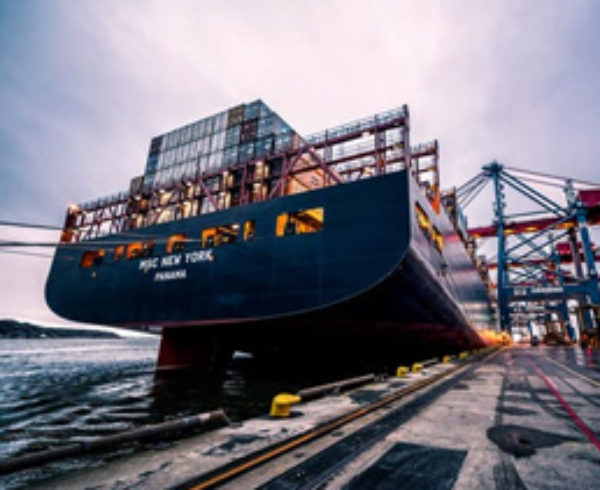
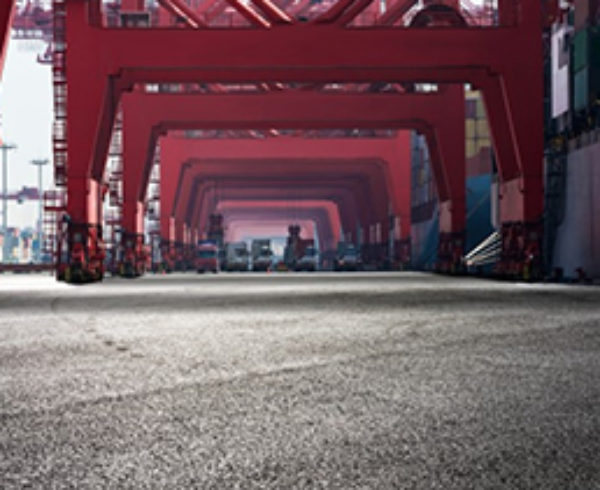
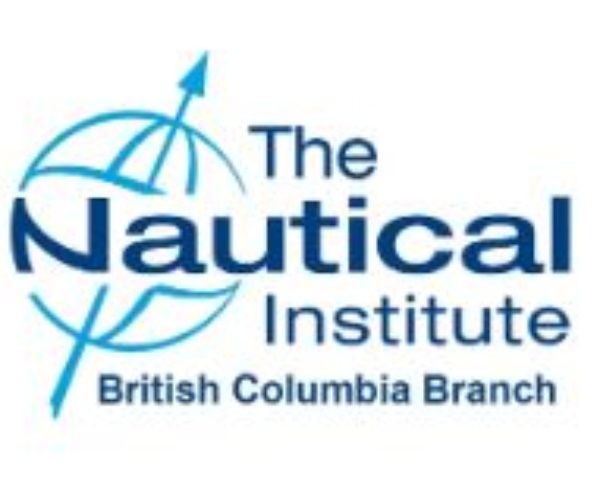
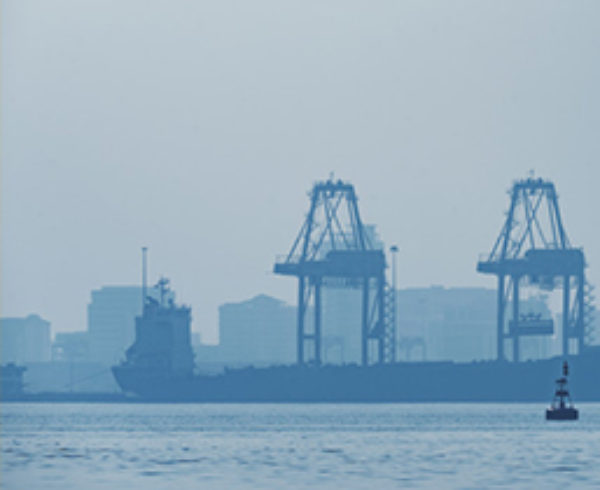

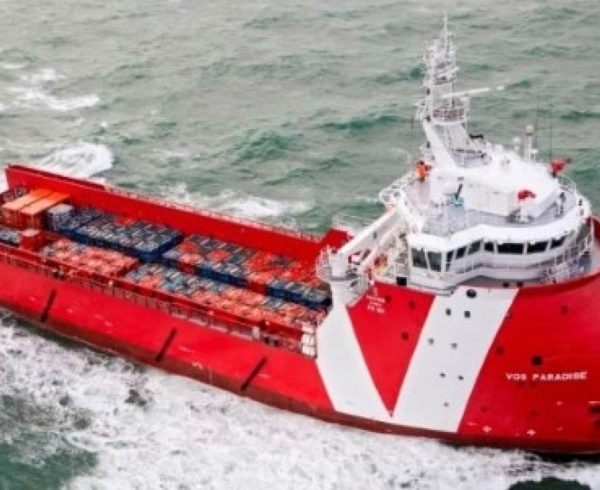

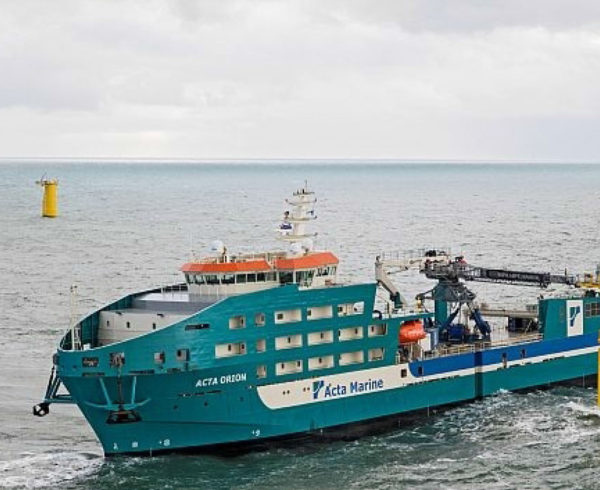

Leave a Comment